Like other Microsoft operating systems, Windows 10 runs a multitude of compatible processes and applications. One of the Windows 10 background processes that often appears every time the Task Manager tool is checked is the CTF Loader.
However, the CTF Loader program (ctfmon.exe) is not well known, so some users confuse it with malware or bloatware. But is CTF Loader a virus? And what is your role? Should I disable it? Stay with me to get the answers to this and other questions about this file.
Content Index
- This is what you need to know about CTF Loader
- How to fix the memory usage of CTF Loader and other problems?
- 1. Disable CTFMON.EXE (CTF Loader) in Windows 10
- 2. Scan the computer for malware
- 3. Update your PC
- 4. Restore your PC
- 5. Remove ctfmon.exe files
- 6. Control the start of the CTF Loader using The Task Scheduler
This is what you need to know about CTF Loader
What is the CTF Loader?
CTF (Collaborative Translation Framework) Loader is an authentication service that offers text support for alternative user input applications such as keyboard translation, voice recognition and handwriting.
In addition to initializing the Alternative User Text Input Processor (TIP), the CTF platform also activates the Microsoft Office Language Bar, a feature that allows you to seamlessly switch between different input languages when it is loaded.
Where to find the CTF Loader
This process is related to the ctfmon.exe file, which is usually found in C: WindowsSystem32 or C: WindowsSysWOW64 . As mentioned earlier, the program runs behind the scenes and will usually begin immediately once you start working on an alternate input device (or any other task) that needs it.
It can also start automatically at boot and can remain running in the system tray until you close MS Office (or any application) that uses it.
Is CTF Loader a virus?
While it is true that the service runs on an.exe file, the CTF Loader is a legitimate Windows file and there is no evidence to connect it to any malware or spyware.
However, malware application creators sometimes give their malware names identical to those of common.exe files as part of camouflage.
The CTF Loader function
The system software monitors user-related functions, such as keyboard input, voice recognition, voice-to-text translation, handwriting recognition and other language-related functions in Microsoft Word.
Common problems associated with CTF Loader
Some users have reported receiving several errors from the CTF Loader. Here is a list of the typical ones:
-
Exe (CTF Loader) crashes : Some have complained that the file itself fails ( CTF Loader has encountered a problem ... Sorry for the inconvenience ) as well as causing other applications to stop.
-
The computer becomes slow : CTF Loader has also been blamed for completely slowing down PCs due to high RAM usage.
Causes of CTF Loader errors
Most problems seem to arise frequently after a system update and, in some cases, can significantly affect its performance. This is not entirely unexpected since it is known that some Windows update files conflict with the CTF Loader.
Another historical cause of CTF Loader problems are errors in language entries / packages. For example, if you try to change the Windows display language on your computer, you may receive a warning that a language pack is not available ( depending on the language you are selecting ).
Finally, there is a possibility that the CTF Loader refuses to work due to hidden malware. You will see, in an effort to damage your operating system, an infectious program could attack and destroy CTFMON.exe, thus generating several problems with the CTF Loader.
How to fix the memory usage of CTF Loader and other problems?
1. Disable CTFMON.EXE (CTF Loader) in Windows 10
We have already seen that the application is very useful and is not other software that wastes memory. However, users affected by slow PC performance may choose to temporarily disable the service to improve their performance. To pause it, you must disable touchpad / handwriting panel services.
- Press Windows + R.
- The Run window will open. Now write services . msc, and then click OK .
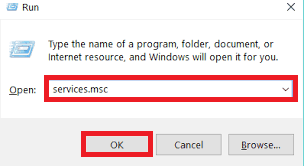
- Locate the Touchpad and handwriting panel service and right-click on it.
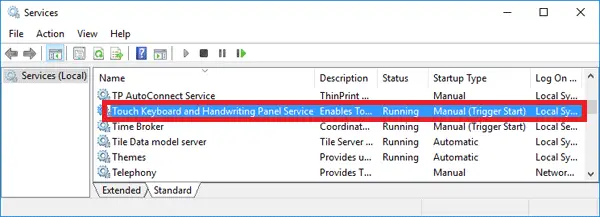
- Click Properties and then choose Disabled.
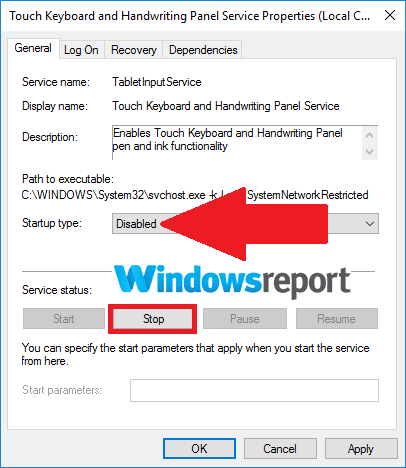
- Click Stop and then OK .
That is all. From now on, the process will be disabled.
Note: In general, we do not recommend disabling the CTF Loader, as it may destabilize certain Microsoft Office procedures or cause a malfunction. This is because closing this framework effectively stops the CTFMon.exe process that normally controls all the functions that depend on it. If you have any problems, enable this service by following the same steps.
2. Scan the computer for malware
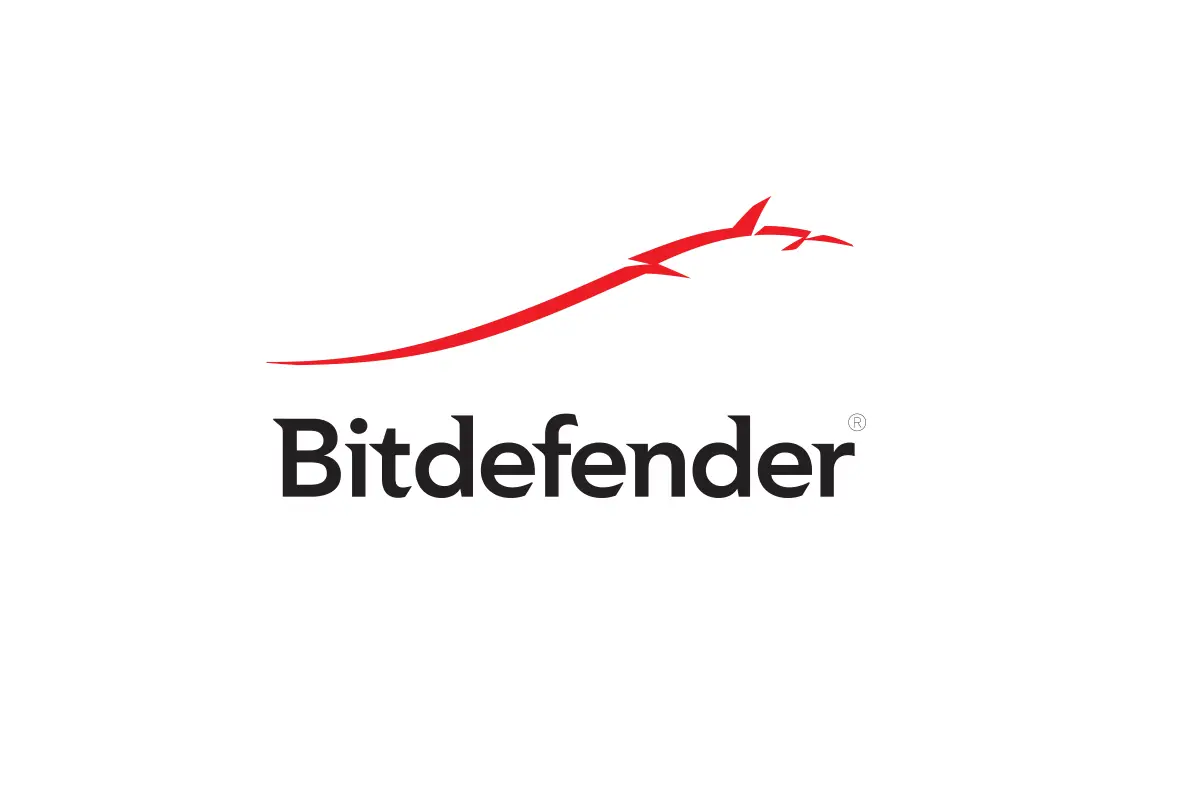
Scanning your computer for viruses can help you get rid of such errors, especially if they are caused by the actions of a disguised worm (or a malicious application). It is always advisable to use a powerful protection software, for example, Bit Defender antivirus 2019.
You can check the official website of the manufacturer for instructions on how to scan your laptop for viruses and the steps to clean your computer of all potential malware.
- Get now Bitdefender Antivirus 2019
3. Update your PC
There are cases in which a CTF Loader error disappears completely after updating the installation of Windows 10.
- Click on Start. Go to the Settings app.
- Choose Update & Security.
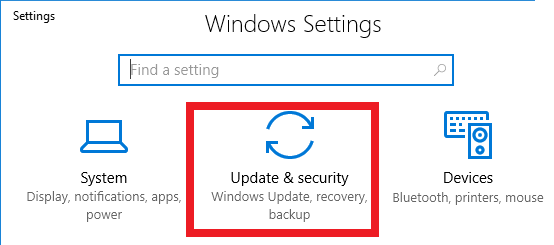
- Select Windows Update.
- Click Check for updates .
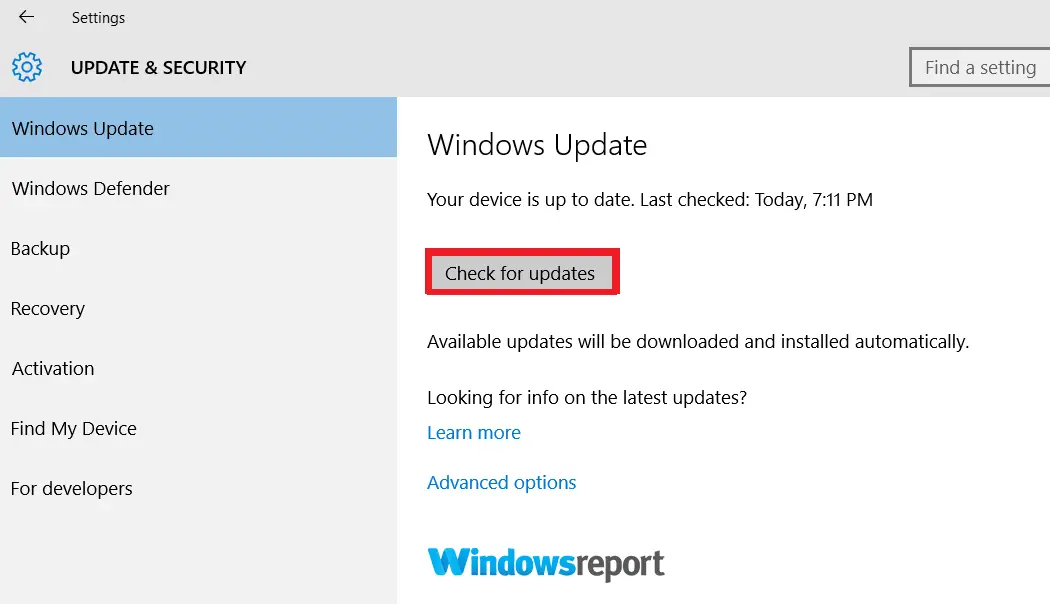
Wait for the latest updates to download and install. Remember to restart your PC.
4. Restore your PC
You can isolate the root cause of the charger hitch by performing a System Restore. This will cause your PC to return to a point where the CTF Loader worked perfectly.
- On the taskbar, search for the search box and type in the control panel.
- A list of results appears. Select Control Panel.
.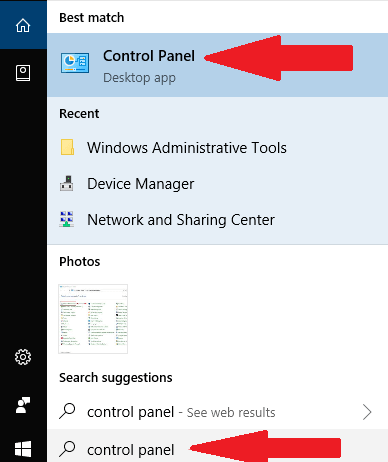
- Now type recovery ( In the search box of Control Panel s ) .
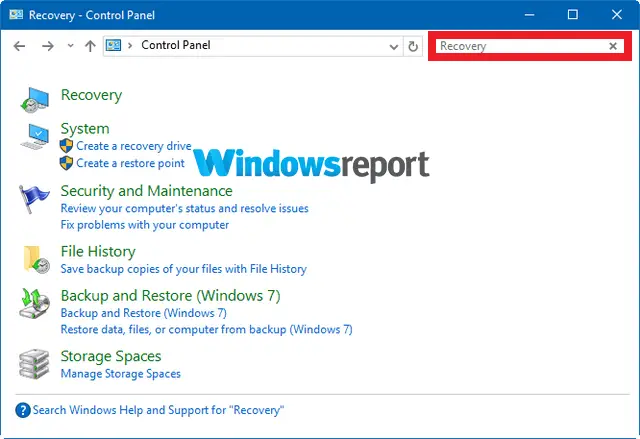
- Click Recovery and select Open System Restore .
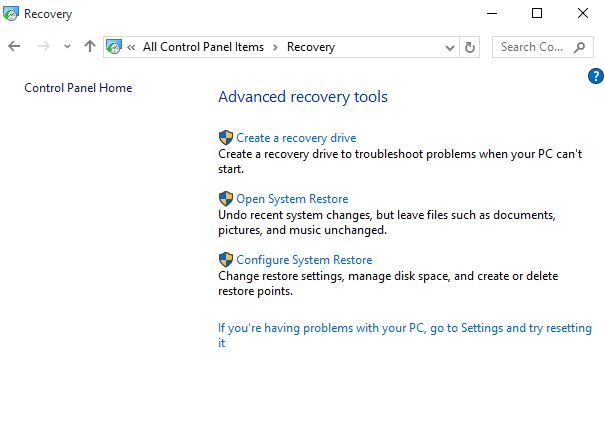
- Click Next in the following Restore System Files and Configuration dialog box .
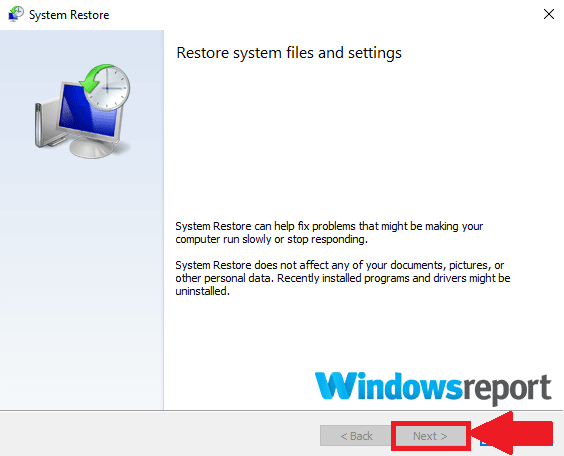
- Select the last restore point that worked or click the Show more restore points checkbox to access additional restore points
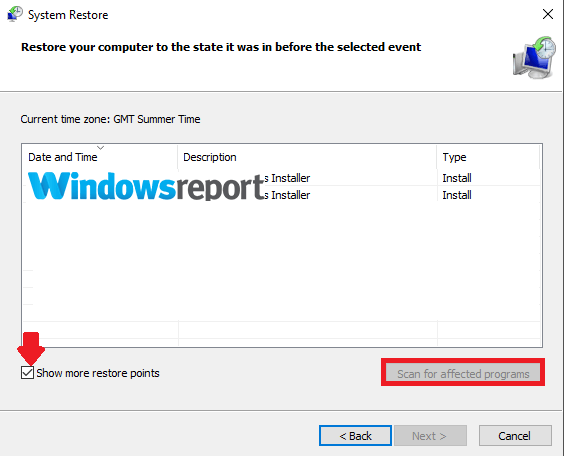
- Click on Search for affected programs …………………………………………………………………………………………………………………… ……………………………………………………………………………… ..
- Select Close , then Next and finally Finish once the process is finished.
5. Remove ctfmon.exe files
Maybe you can consider deleting all the ctfmon.exe files if you still have the problem.
- Navigate to C: WindowsSysWOW64 ( 64-bit systems ) or C: WindowsSystem32 ( 32-bit systems ) .
- Search for all occurrences of the original ctfmon.exe files and delete them.
As an alternative:
- Press Windows key + E
- Then press Windows key + F.
-
Type ctfmon . exe in the next search bar and then press Enter .

- Delete each ctfmon.exe file that appears.
Note: This solution can cause more problems if it is not used correctly, so be sure to create a backup, just in case.
6. Control the start of the CTF Loader using The Task Scheduler
Instead of disabling or deleting the loader program, why not schedule the service so that it does not run when you log in? The task scheduler will be useful here.
- Press Windows key + R.
-
The Run window opens. Type taskschd.msc and click OK .
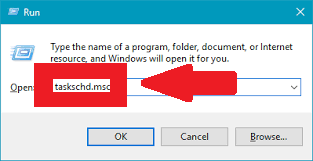
- The Windows 10 task schedule library starts. Double-click on it.
-
Click on Microsoft> Windows.
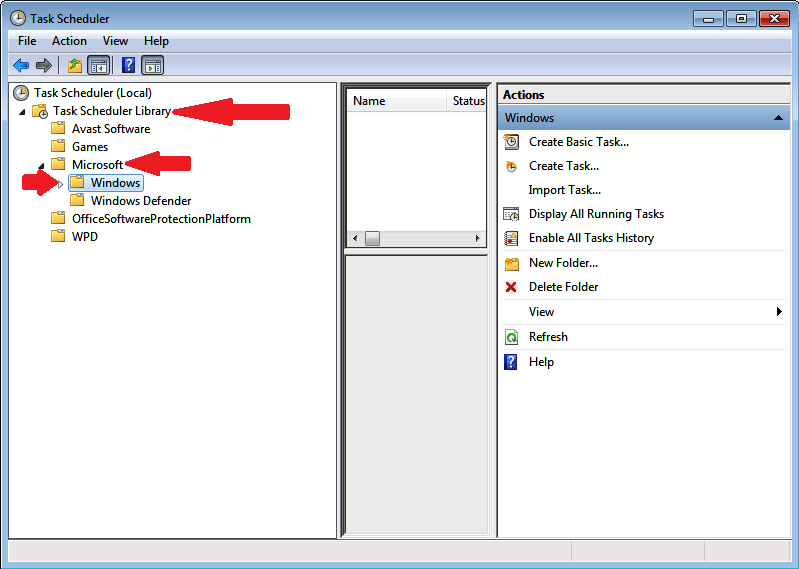
- Click on T extServicesFramework.
-
Click on the MSCTFMonitor option and choose Disable .

.